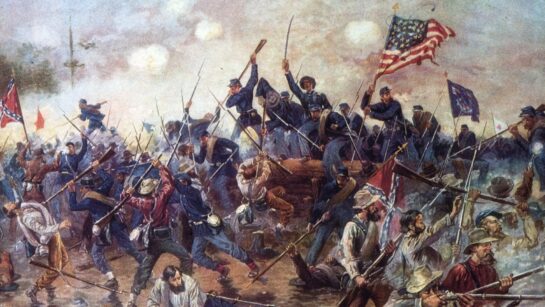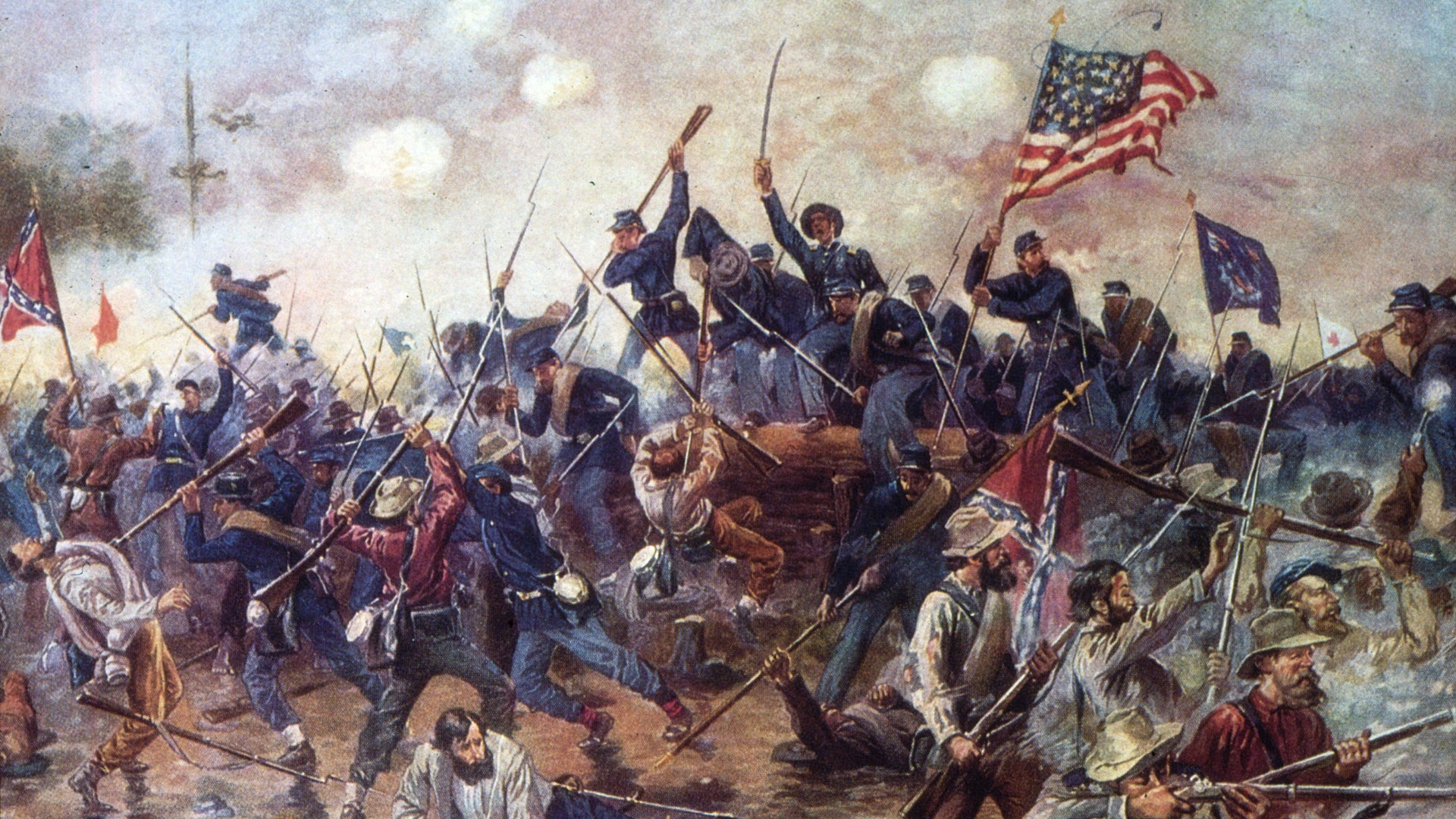Table of Contents
ToggleTitle: The History and Present Condition of the United States: A Journey Through Time
The United States of America, a nation forged through the struggles of colonization, revolution, and continual evolution, has a rich and complex history that has shaped its present condition. From the arrival of European settlers to its current status as a global superpower, the United States has undergone significant transformations politically, socially, and economically.

Colonial Roots:
The history of the United States traces back to the early 17th century when European settlers began to establish colonies along the eastern seaboard. These colonies, primarily founded by the English, Dutch, French, and Spanish, were characterized by diverse economies and cultures. The colonial period was marked by tensions between the settlers and Native American populations, as well as conflicts among European powers vying for control over North America.
Revolutionary Spirit:
The American Revolutionary War (1775-1783) marked a turning point in American history, as the thirteen British colonies fought for independence. With the signing of the Declaration of Independence in 1776, the United States declared itself a sovereign nation, free from British rule. The war culminated in the Treaty of Paris in 1783, recognizing the independence of the United States and establishing its boundaries.
Nation-Building and Expansion:
Following independence, the United States embarked on a period of nation-building and westward expansion. The Louisiana Purchase in 1803 doubled the size of the young nation, and subsequent territorial acquisitions and conflicts with Native American tribes led to the expansion of the United States across the continent. However, this expansion came at the expense of indigenous peoples and fueled tensions over slavery, which ultimately led to the Civil War.
Civil War and Reconstruction:
The Civil War (1861-1865) was a defining moment in American history, pitting the industrialized North against the agrarian South over issues of slavery and states’ rights. The Union victory led to the abolition of slavery with the passage of the 13th Amendment to the Constitution. The Reconstruction era that followed aimed to rebuild the South and integrate formerly enslaved African Americans into society, but it was marred by racial violence and the rise of segregation laws.

Industrialization and Global Power:
The late 19th and early 20th centuries saw rapid industrialization, urbanization, and the rise of the United States as a global economic power. Waves of immigrants from Europe and Asia contributed to the country’s diverse cultural landscape and labor force. The United States became increasingly involved in global affairs, intervening in conflicts such as World War I and emerging as a dominant force after World War II.
Cold War and Civil Rights Movement:
The Cold War era brought about intense rivalry between the United States and the Soviet Union, shaping American foreign policy and domestic politics for much of the 20th century. At home, the Civil Rights Movement fought against racial segregation and discrimination, leading to landmark legislation such as the Civil Rights Act of 1964 and the Voting Rights Act of 1965, which aimed to end institutionalized racism.
Present Condition:
In the 21st century, the United States faces a range of challenges and opportunities. Economically, it remains one of the wealthiest nations globally, with a diverse economy driven by technology, finance, and manufacturing. However, income inequality has risen, with disparities in wealth distribution becoming increasingly pronounced.
Politically, the United States is deeply divided, with partisan polarization and gridlock hindering effective governance. Issues such as healthcare, immigration, climate change, and racial justice continue to spark intense debate and contention.

Socially, the country is experiencing demographic shifts, with a growing population of immigrants and increasing ethnic and cultural diversity. While progress has been made in areas such as LGBTQ+ rights and gender equality, challenges such as systemic racism and social injustice persist.
Internationally, the United States remains a key player in global affairs, but its leadership role has been questioned, particularly in the wake of geopolitical shifts and the emergence of new powers. Challenges such as terrorism, cybersecurity threats, and competition with rising powers like China present ongoing concerns for U.S. policymakers.
Conclusion:
The history of the United States is a story of resilience, innovation, and continual change. From its humble beginnings as a group of colonies to its current status as a global superpower, the United States has navigated through numerous challenges and triumphs. As it confronts the complexities of the 21st century, the nation must draw upon its rich history and diverse strengths to address its present condition and shape its future path.
Referance: Chatgpt

